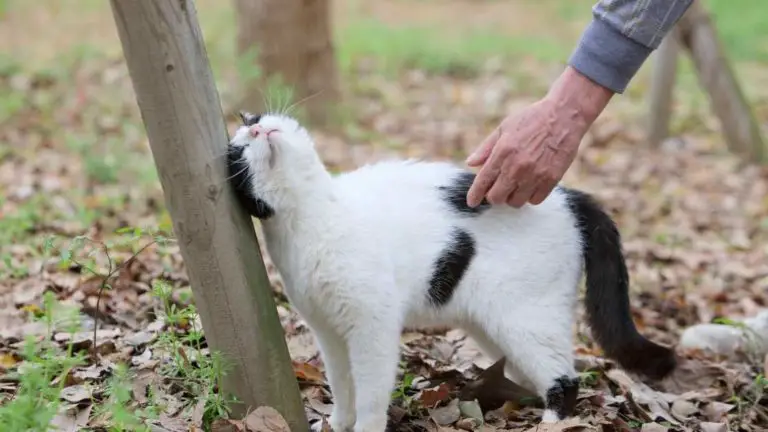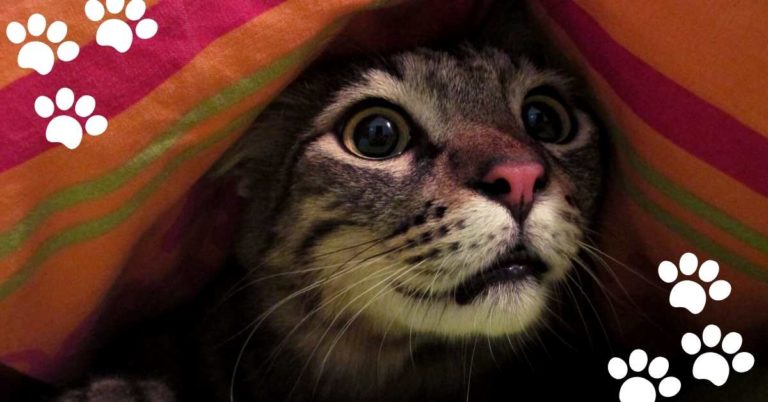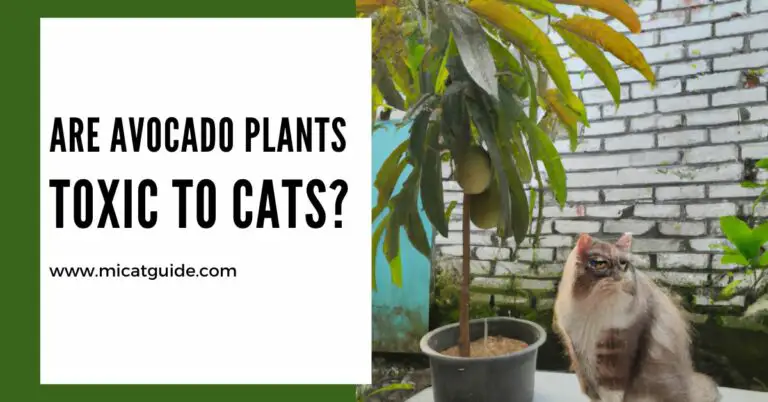Can Cats Eat Cheese? Understanding Feline Nutrition
Pet nutrition can be a complex puzzle for cat owners to solve. While we’re often warned about the detrimental effects of sharing human food with our furry friends, there’s a particular dairy delight that many cats seem to adore – cheese. We need answers. Is cheese a potential treat that can be part of a cat’s diet, or should it be banished from the feline food list? Sit tight as we unravel the cheesy mystery and provide you with the purrfect guide to including cheese in your cat’s diet responsibly.
Is Cheese Safe for Cats?

Before you dollop some dairy onto your cat’s dinner, let’s understand the intricacies of cheese in a feline diet.
Nutritional Considerations
Cheese can be a good source of protein and calcium, which are essential for a cat’s health. However, it is often high in fat and can be quite calorie-dense, which could contribute to weight problems if not managed carefully.
Lactose Intolerance in Cats
Most adult cats are lactose intolerant, meaning they lack the enzyme lactase to break down lactose, the sugar found in milk and dairy products. This can result in gastrointestinal upset if cheese is consumed in large quantities or frequently.
Potential Risks and Benefits
Feeding cats cheese can be a double-edged sword. While it can be a protein-rich treat, it also presents hazards such as weight gain and digestive issues. Understanding your cat’s individual health needs and being selective about the type and amount of cheese you offer is crucial.
For those who need more information on managing a balanced diet for their feline friends, refer back to our section on Nutritional Considerations to better understand how to incorporate treats like cheese into your cat’s diet without compromising their health. Additionally, if you’re concerned about how your cat might react to dairy, our deep dive into Lactose Intolerance in Cats provides valuable insights into why moderation is key.
Types of Cheese Cats Can Safely Eat
Cheddar, Swiss, and Cottage cheese are low in lactose and can be better options for your cat. Ricotta and Mozzarella are also on the ‘safer’ cheese list, but remember – portion control is everything. Cats should not have a large slice of cheese like we do; a small, pea-sized amount can be a satisfying treat.
Health Implications of Feeding Cheese to Cats
Weight Management
Obesity in cats is a serious health concern, and excessive cheese consumption can contribute to weight gain. If you choose to feed your cat cheese, ensure it is balanced with their regular diet and that the overall calorie intake aligns with their activity level and nutritional needs.
Digestive Issues
Giving your cat too much cheese can lead to diarrhea or other digestive discomfort. If you notice any changes in your cat’s bathroom habits, it could be a sign they’re getting too cheesy.
Allergies and Sensitivities
Some cats may be allergic to cheese or other dairy products, which can manifest as vomiting, diarrhea, or skin issues. If your cat has a known dairy allergy, cheese is a no-go.
Alternatives to Cheese for Cats
Healthy Snack Options
If your cat loves cheese, consider offering freeze-dried meats that are typically easier on their digestive system. Cat-safe vegetables like carrots and green beans can also be crunchy, low-calorie alternatives.
Homemade Treats
For an especially pampering treat, you can make tuna or chicken-flavored snacks at home. Just ensure that the ingredients you use are safe for feline consumption and don’t exceed the recommended serving size.
Conclusion
Feeding cheese to cats isn’t a black-and-white issue. While it can offer nutritional benefits when consumed in moderation, it’s not without risks. For health-conscious cat owners, responsible treat-giving involves understanding your pet’s dietary needs and knowing how to balance their diet.
Remember, your cat’s well-being is the ultimate goal. Keeping treats like cheese as an occasional, small portion addition to a well-rounded diet will ensure your feline friend can enjoy their snack time without any woe or whisker out of place.






